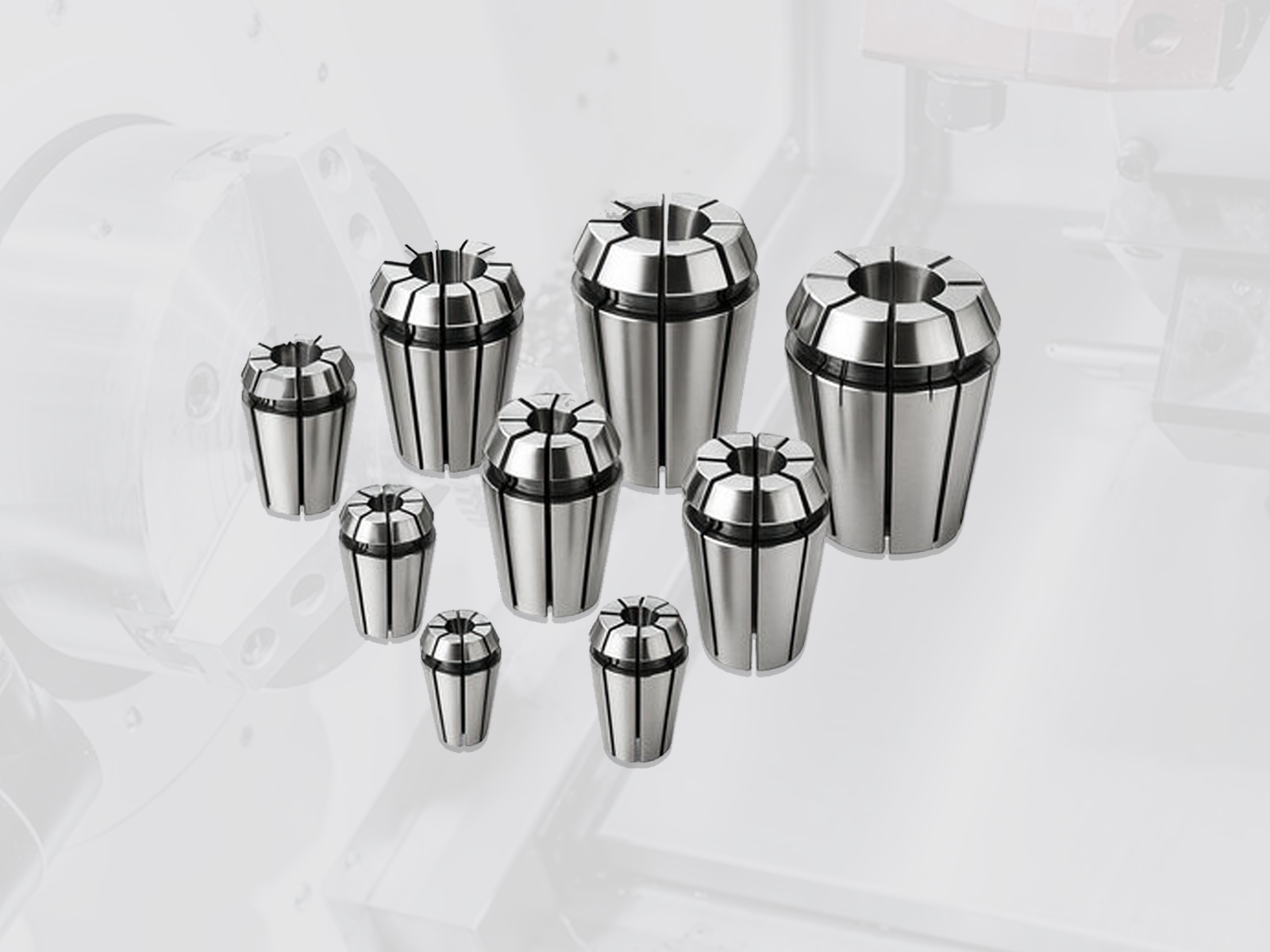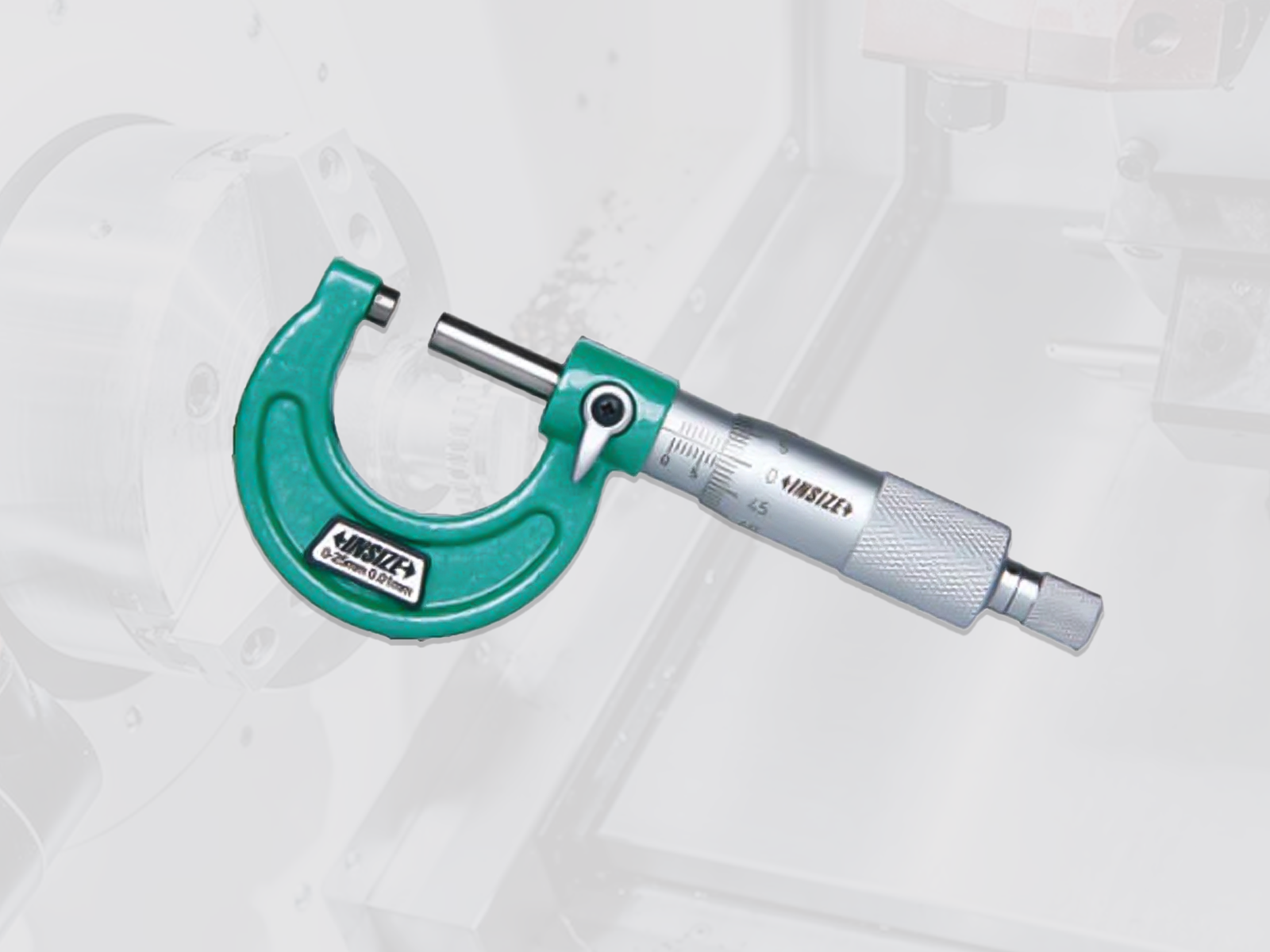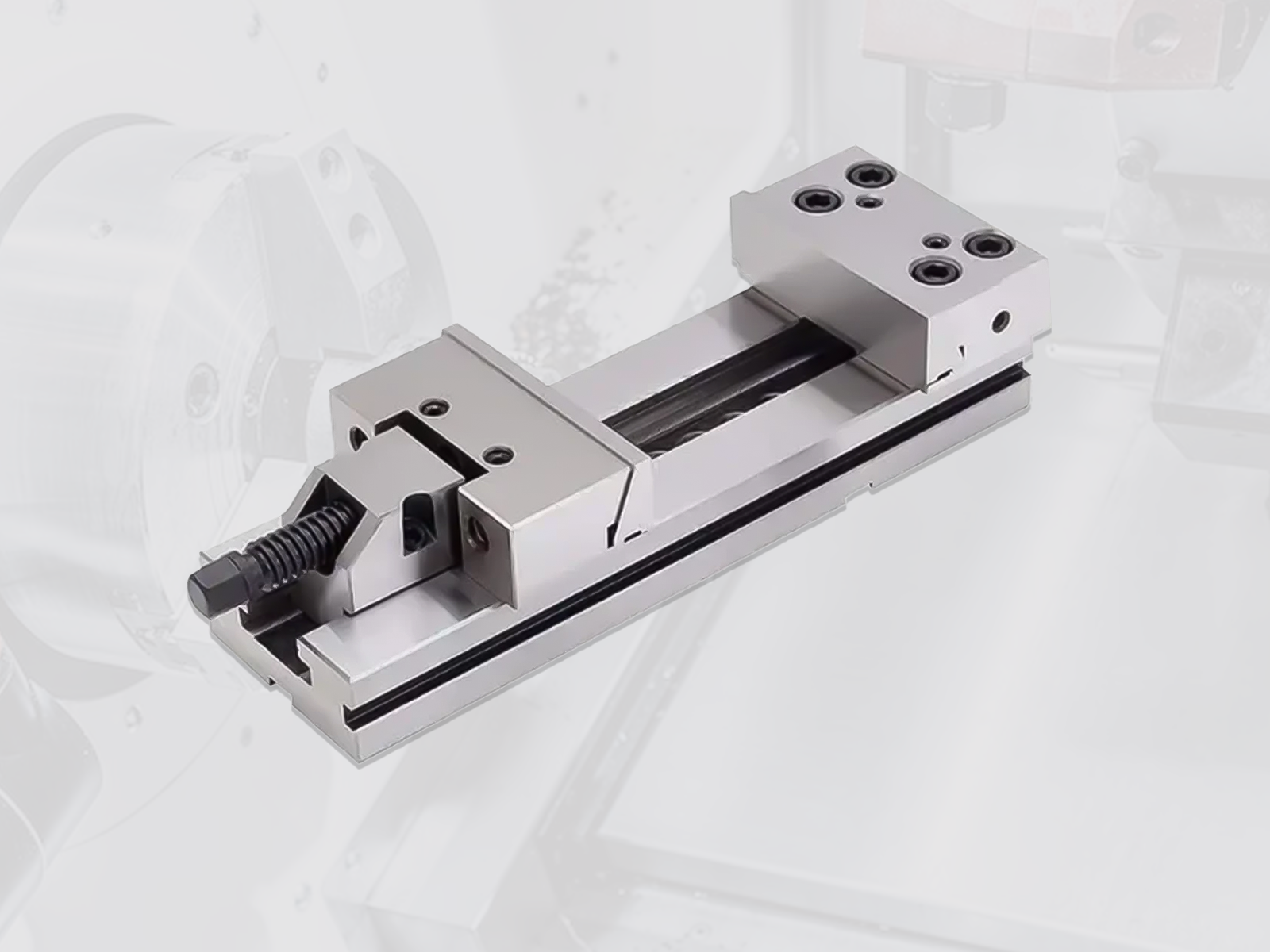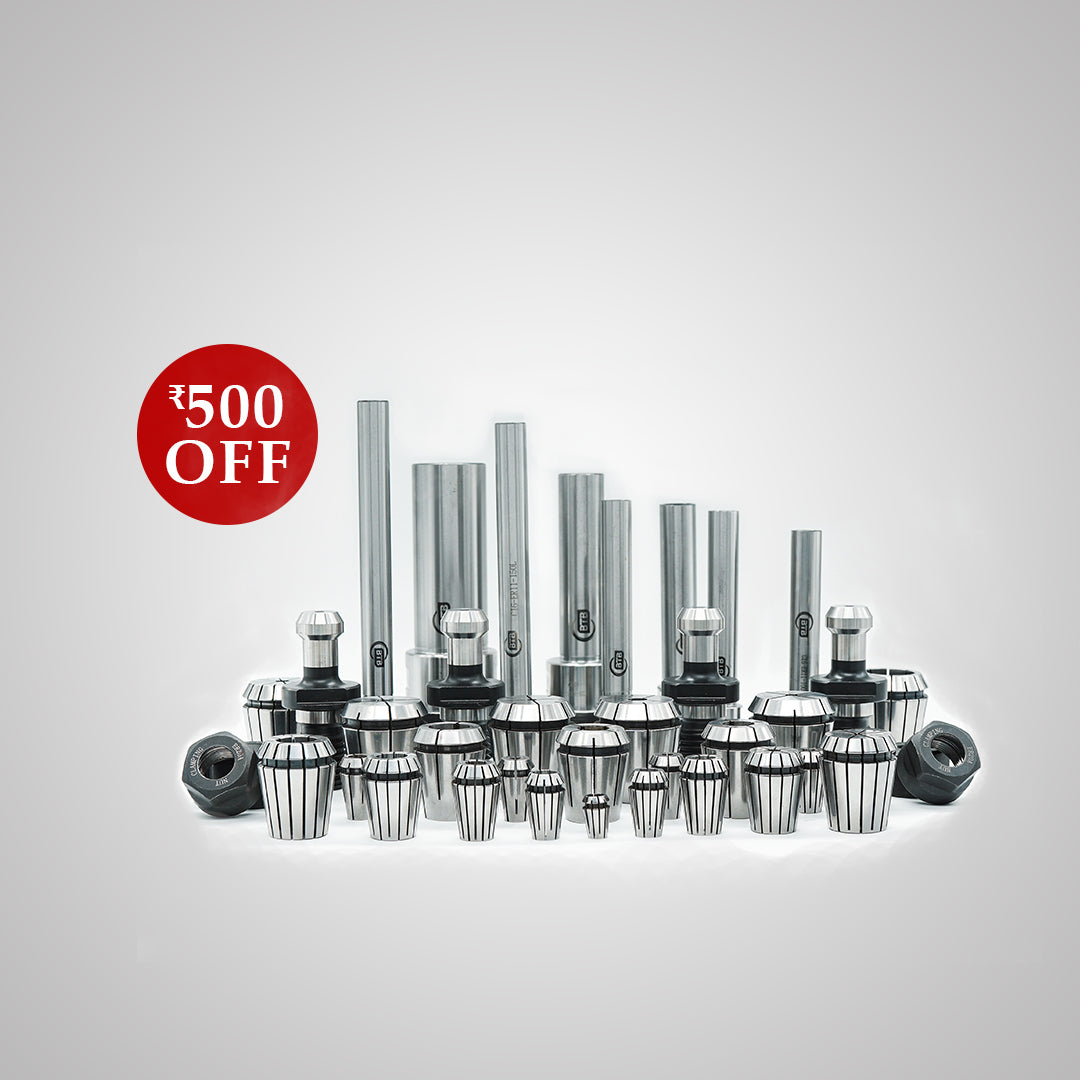CNC Fixture Design Guide | Types, Components & Tips for Machining

What is CNC Fixture Design?
Precision starts with proper fixturing. In CNC machining, even the most accurate toolpath won’t deliver results if the part isn’t held securely and accurately. That’s where CNC fixtures come in.
Fixtures are specialized workholding devices that keep the workpiece in the correct orientation, support it against cutting forces, and ensure consistent machining across operations. In this guide, we’ll break down the types of fixtures, their components, how they’re used, and expert tips to help you choose or design the right fixture for your CNC setup.
Purpose of Fixtures in CNC Machining
Fixtures serve three primary goals:
-
Secure the workpiece to resist cutting forces.
-
Ensure repeatability during mass production.
-
Maintain precision in complex or tight-tolerance components.
Without a well-designed fixture, parts may shift, vibrate, or be improperly machined — leading to scrap, rework, or machine damage.
CNC Fixtures vs General Workholding
-
CNC Fixtures are tailored for high-precision automated machining, often designed specifically for a part or operation.
-
General Workholding includes vises or clamps for low-volume or manual setups.
Fixtures are optimized for:
-
Consistency
-
Multi-axis setups
-
Repeatable positioning
Types of CNC Fixtures
1. Based on Machining Operation
-
Milling Fixtures: Clamp workpieces firmly against lateral and vertical cutting forces.
-
Turning Fixtures: Ensure concentricity and secure axial holding.
-
Drilling Fixtures: Maintain perpendicularity and position accuracy.
-
Grinding Fixtures: Support surface or cylindrical grinding with vibration control.
2. Based on Fixture Type
-
Dedicated Fixtures: Built for a specific part, ideal for high-volume production.
-
Modular Fixtures: Use interchangeable components for flexibility across parts.
-
Combination Fixtures: Hybrid systems offering partial modularity with custom features.
3. Based on Power Source
-
Manual Fixtures: Operated by hand-tightened clamps — cost-effective but slower.
-
Pneumatic Fixtures: Use compressed air for faster clamping in high-speed production.
-
Hydraulic Fixtures: Offer strong, consistent clamping force — ideal for heavy parts or automation.
-
Magnetic Fixtures: Great for non-perforated ferrous workpieces.
4. Other Notable Fixture Types
-
Vacuum Fixtures: Useful for thin or delicate parts where clamping may cause distortion.
-
5-Axis Workholding Fixtures: Low-profile designs that allow multi-side machining.
-
Palletized Fixtures: For quick part swaps — ideal in automated cells.
Applications of CNC Fixtures
-
Mass Production: For consistent output in automotive, aerospace, and electronics.
-
Prototyping: Quickly adaptable fixtures aid rapid iterations.
-
High-Precision Machining: Fixtures enable sub-micron tolerances for demanding industries.
-
Complex Geometries: 5-axis and multi-op machining rely on fixtures for access and alignment.
CNC Fixture Components
Each CNC fixture typically includes the following:
1. Base Plate
-
Acts as the foundation of the fixture.
-
Mounted directly on the CNC machine bed or T-slot table.
-
Common materials: MS (mild steel) and aluminium plates (Al6061, Al7075 for lighter setups).
2. Locators
-
Accurately position the workpiece in X, Y, Z axes and prevent rotation.
-
Used in automotive components, die manufacturing, and precision jigs.
-
Types include dowel pins, V-blocks, and customized nests.
3. Clamps
-
Hold the component in place during machining.
-
Indian suppliers offer toggle clamps, cam-action clamps, swing clamps, etc.
-
Must be designed to avoid bending or distorting the part.
4. Supports
-
Provide additional strength for large or flexible parts.
-
Prevent vibration or deflection while cutting.
5. Fasteners & Accessories
-
Socket head bolts, T-nuts, dowel pins, limit stoppers, and guide bushes are commonly used.
-
Readily available through Indian industrial suppliers like MISUMI, Jainson, or local distributors.
CNC Fixture Storage & Maintenance
Storage Racks
-
Use modular steel racks with proper fixture labeling.
-
Organize by part number, machine type, or process (Roughing / Finishing).
Rust Prevention
-
Wipe fixtures after use and spray with rust preventive oils (e.g., WD-40, RP-7, or local options like ITW Chemin).
-
Store in low-humidity zones or use dehumidifiers if located in coastal areas.
Documentation
-
Maintain a digital or physical fixture logbook:
-
Fixture code
-
Used part numbers
-
Last maintenance date
-
CAD design file or drawing number
CNC Fixture Design Tips
Here are practical design tips suited for Indian manufacturing workflows:
-
Use Locators First, Then Clamps
-
Position using dowel pins, then secure using clamps.
-
Avoid unnecessary force to prevent part warping.
-
Provide Clearance for Chips & Coolant
-
Important in jobs that run on low-pressure coolants or where manual chip removal is difficult.
-
Design for Fast Loading/Unloading
-
Use pneumatic clamps or quick-fit locators to reduce cycle time, especially in high-volume jobs
-
Tool Accessibility
-
Plan fixture keeping multi-tool paths and 3-axis/5-axis movement in mind.
-
Modular Fixtures
-
Indian tooling suppliers offer modular fixturing kits for prototyping and short batches.
-
Saves on custom machining costs.
CNC Fixture Pricing in India
Key Cost Factors:
|
Factor |
Description |
|
Material |
MS is cheaper; aluminum offers better handling and speed |
|
Complexity |
Multi-station or hydraulic fixtures cost more |
|
Precision |
Tight tolerance = more hours on jig boring/milling |
|
Volume |
One-time jobs may not justify high fixture costs |
In-House vs Outsourcing Fixture Design
|
Option |
Pros |
Cons |
|
In-House |
Faster changes, control over design & trials |
May lack advanced CAD/CAM capability |
|
Outsourced |
Good for complex or multi-station fixtures |
Higher lead times, coordination effort |
Fixture Price Range in India (2025 pricing):
|
Type |
Approx. Price (INR) |
|
Simple fixture (single-op) |
₹5,000 – ₹20,000 |
|
Multi-station fixture |
₹25,000 – ₹70,000 |
|
Hydraulic/Pneumatic fixture |
₹80,000 – ₹2,00,000+ |
|
5-axis rotary fixture |
₹1,00,000 – ₹4,00,000+ |
Conclusion: Why Good Fixture Design Matters in CNC Efficiency
A well-engineered fixture saves time, reduces scrap, and improves surface quality. Whether you’re producing 10 parts or 10,000, fixture design is an investment that pays off in performance.
Pro Tip: Always test fixture prototypes with soft materials like MDF or wax before moving to production.
What are the different types of CNC fixtures?
Fixtures can be classified by operation (milling, drilling), by build (modular, dedicated), or by actuation (manual, hydraulic, pneumatic).
What are the main components of a CNC fixture?
Core parts include a base plate, locators, clamps, supports, and fasteners — all designed to hold the part rigidly during machining.
How do I design a fixture for a CNC machine?
Start by analyzing part geometry, access points, clamping surfaces, and tolerance needs. Design to avoid part movement and facilitate efficient tool access.
What is the average cost of a CNC fixture design?
Basic fixtures start at $200. Complex, multi-part fixtures can go up to $5,000+ depending on design, materials, and tolerance requirements.
What is the purpose of modular CNC fixtures?
Modular fixtures allow reuse across different jobs. They are cost-effective for small batches and prototyping.
How do pneumatic and hydraulic fixtures differ?
Pneumatic fixtures are faster but provide less force. Hydraulic fixtures offer high clamping force and are suited for heavy parts.
Can CNC fixtures be reused for different parts?
Yes — especially modular fixtures. Dedicated fixtures are less flexible but ideal for mass production.
What’s the difference between a jig and a fixture?
Fixtures hold the workpiece. Jigs hold the tool or guide it. In CNC, jigs are less common.
How is fixture storage handled in manufacturing?
Fixtures are stored in labeled racks with protective coatings. Digital logs help manage maintenance.
Are CNC fixture designs customizable?
Absolutely. Customization is common to suit part shape, material, and machine type.
Read More
-

, by Marketing Team ER Collet Guide: Sizes, Types, Applications & How They Work
-

, by Marketing Team Micrometer Guide: Types, Usage, Reading & Tips for Precision
-

, by Marketing Team CNC Fixture Design Guide | Types, Components & Tips for Machining




